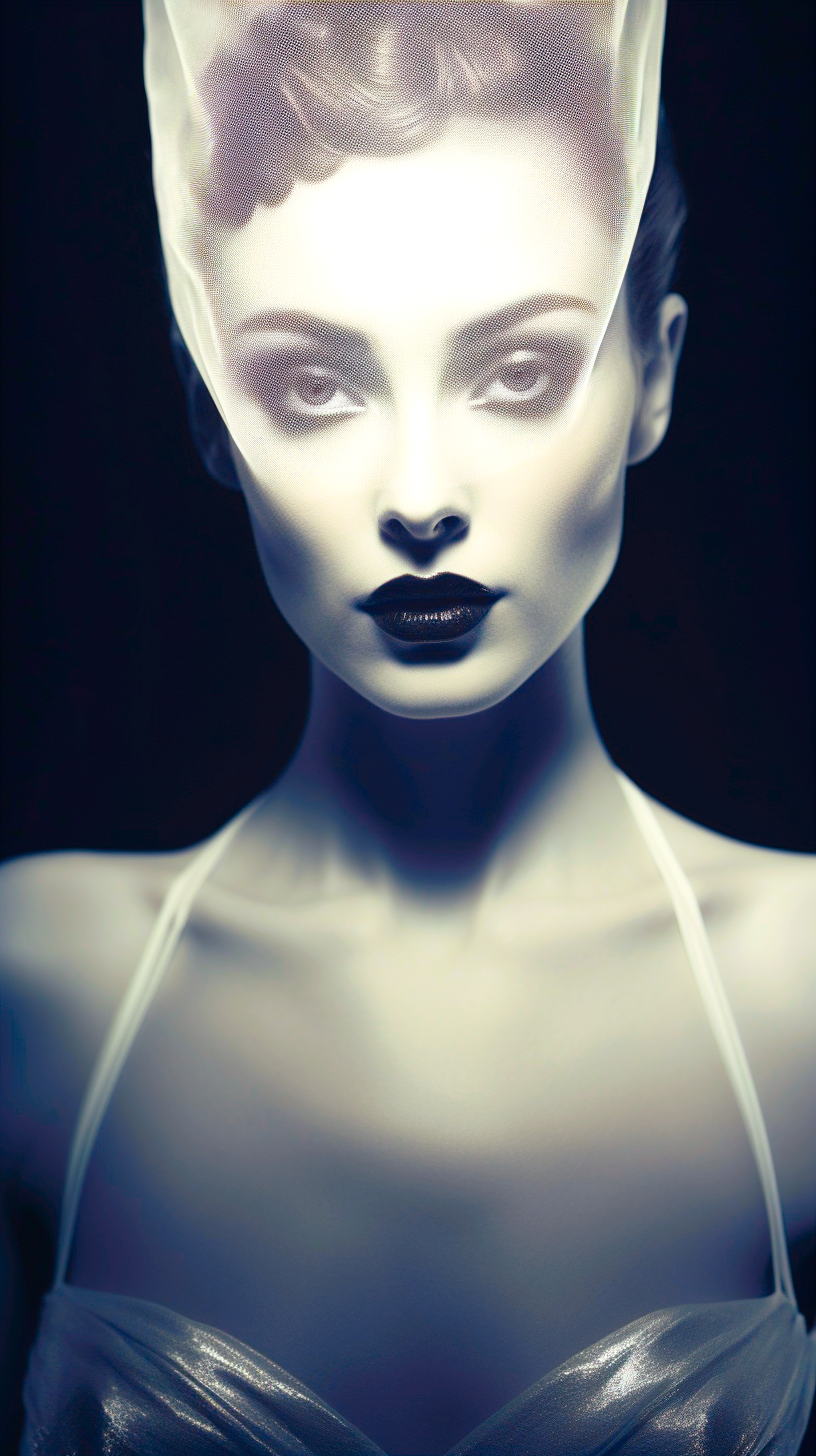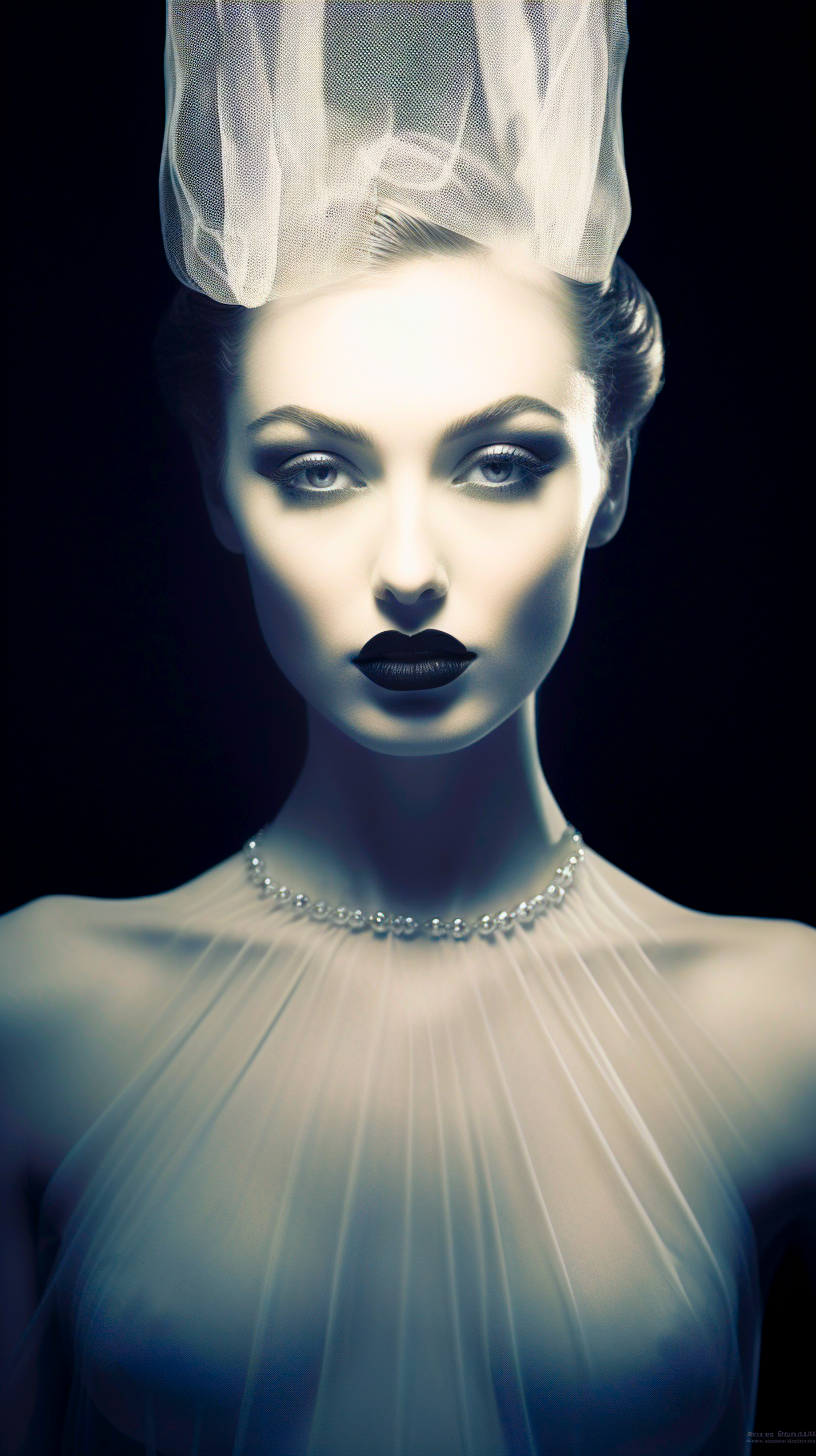The negligee or négligée (French: négligé ['neglected'), also known in French as déshabillé ([dezabije]; lit. 'undressed'), is a form of see-through clothing for women consisting of a sheer, usually long, dressing gown.It is a form of nightgown intended for wear at night and in the bedroom. It was introduced in France in the 18th century, where it mimicked the heavy head-to-toe style of women's day dresses of the time.
By the 1920s, the negligee began to mimic women's satin single-layer evening dress of the period. The term "negligee" was used on a Royal Doulton run of ceramic figurines in 1927, showing women wearing what appears to be a one-piece knee-length slip made of silk or rayon, trimmed with lace. Although the evening-dress style of nightwear made moves towards the modern negligee style—translucent bodices, lace trimming, bows, exemplified in 1941 by a photo of Rita Hayworth in Life—it was only after World War II that nightwear changed from being primarily utilitarian to being primarily sensual or even erotic; the negligee emerged strongly as a form of lingerie.
































